Be it a cellar, basement, or crawl space, these are parts of the house everyone is scared of as a child.
However, even among adults, there’s considerable confusion regarding these three locations. What is the cellar actually? Is it the same as a crawl space? And should ‘basement’ be used as a catch-all term for all these spaces?
Although we usually confuse the three, closer inspection reveals that these are separate locations of the house. And though characterized as dark, dank, and generally scary, it’s essential to get a clear idea about each of these spaces.
Today, we’re going to take a tour of all three locations and find out how they differ from each other. We’re going to look at how they should be used, and what are the pros and cons of each.
So, without further ado, let’s begin.
Cellar vs. Basement vs. Crawl Space

Cellars
If truth be told, cellars have been around for as long as we humans have been using caves. It can be surmised that even in prehistoric times, caves deep underground were used to store valuable items.
As far as history goes, the most notable cellars in the world were those used in the Roman Empire. They were mostly used for storing food items and wine, though some cellars were also converted to tombs.
In fact, the truth is that every civilization has used cellars since the dawn of time, mostly for storing foodstuff and drinkables. In modern times, the cellar has become synonymous with wine storage, though any food items can be stored there.
But why are cellars such excellent places for storing food? The reason lies behind their very construction.
A cellar is, essentially, an underground room that has a steady, cold temperature. The design of cellars doesn’t allow any sunlight to enter the place. What’s more, modern cellars use artificial temperature control to ensure a stable atmosphere.
Since everything from the humidity to the temperature of a cellar can be controlled, it makes sense to store food and drinks in such a room. With no sunlight getting in, and the temperature regulated as needed, the shelf life of the stored items is extended considerably.

From the above, it’s clear that the primary purpose of a cellar is to store food and drinks, mostly wines. The atmosphere of the cellar is conducive to the storage of food items and can improve their longevity.
Now, let’s take a look at how cellars can be constructed.
How Is A Cellar Constructed?
Ideally, cellars should be constructed when the house is being built, though they can be added later. In case a cellar is being added to the house later, it’s best to build them under the porch, or off a basement wall. They can also be built in the yard.
When construction begins, it’s important to remember that a cellar should be facing away from the sun. For this reason, cellars usually have at least a pair of four-inch vents, which should be facing north.
Also, in order to insulate it from the external environment, it’s recommended that a cellar have a minimum of two feet of earth over it. This helps to keep the cellar contents separate from the surface activity and undesirable weather.
Since a cellar is fundamentally an underground chamber, it’s important to use construction materials that can endure under wet soil. Also, we recommend using gravel on the floor; this provides better control over the humidity.
Advantages And Disadvantages Of Cellars
Since we’ve already gained a lot of knowledge about cellars in general, let’s now take some time to look at the advantages (and disadvantages) of having a cellar. Word of caution: the advantages are many, but the difficulties can be scary as well.
The most important advantage of having a cellar in your house is that food can be kept at a steady temperature at all times. Whether you’re storing fruits, vegetables, meat, or dairy products, a cellar can be an excellent place to keep them and extend their shelf-life.
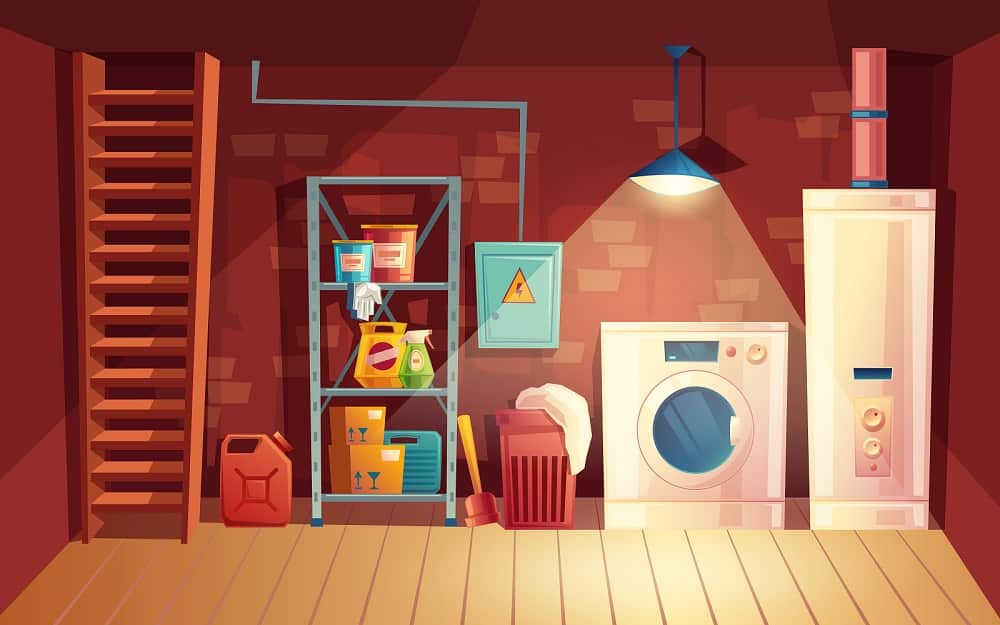
What’s more, cellars are fantastic for storing wine. The term, “wine cellar,” has gained widespread popularity simply because these rooms are mostly used to store wines. This helps to preserve the flavor of the wine in the long term.
However, cellars do come with their share of cons as well. One of the most important of these is the storage of foodstuff that gives off gas. Items such as plums, apples, tomatoes, and cabbage emit gases, which can cause other vegetables, such as potatoes, to rot.
This can be prevented by placing such troublesome veggies near the vents so that the gases can escape easily.
Another problem you might face when storing food in cellars is that of vermin, such as rats. To prevent their attacks, do remember to put meshing over the vents, and seal the food in airtight containers.
The cost of building a cellar mostly depends on the features that are incorporated into it. Also important is the size of the room, the refrigeration system, and the temperature controls that the cellar uses.
Basements
Now that you’re all up to speed with what a cellar is, let’s take a look at basements and find out how they differ. Put simply, a basement is a room that’s wholly or partially below the ground level. This makes them similar to a cellar in terms of location.
One of the notable features of basements is that businesses (apart from eateries) don’t usually have a basement. This makes them the sole purview of residential properties and standalone houses.
The primary purpose of basements is storage, but they aren’t usually used for storing foodstuff. Instead, they are mostly used for storing items that don’t usually find a place in the typical domestic scheme of things.
Basements can also be used as workshop areas for DIY enthusiasts. They can also be fully furnished as rooms for living in, dens, and even a home office or a gym. There’s no limit to what a basement can be; only your imagination limits you!
When utilizing a basement for multiple purposes, such as a home theatre, game room, or music studio, soundproofing plays a crucial role in creating a comfortable living environment. Controlling noise transmission between the basement and the rest of the house ensures a quieter and more enjoyable space for the whole family. To learn more about effective soundproofing techniques that can be applied to your basement ceiling, consider reading our comprehensive guide on soundproofing basement ceilings.
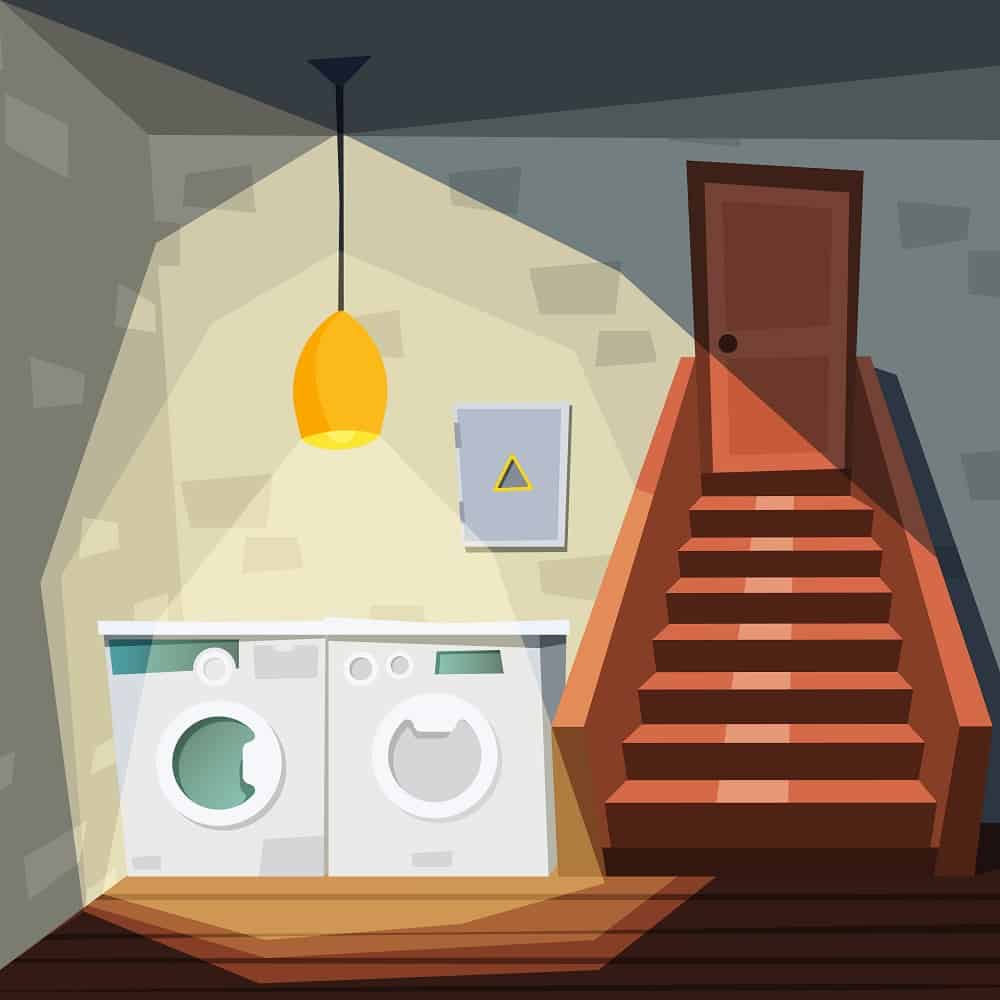
Basements also have a long history behind them and can be traced back to life before the industrial revolution. Back then, basements were not only used as storage areas but also as living quarters for servants. Some people even used them as laundry rooms.
The Many Uses Of A Basement
As its name suggests, a basement forms the base of a house. It is best constructed using concrete blocks, poured concrete forms, stone tiles, and precast panels. Usually, a basement contains a water heater, an HVAC unit, and even a washing machine in some houses.
Fully furnished basements can have separate bedrooms, kitchens, bathrooms, and even a separate home gym or office. They can also have windows cut out above the ground level to allow more natural light to come through.
In some houses, basements are used as recreational areas, such as gaming stations or home theatres. Also, basements are great locations to create a bar, complete with a pool table and a television.
In short, as opposed to cellars that are mostly used for food storage, basements can be made into cheerful living areas. Furnished with all essential amenities, they can be the perfect living or recreational space.
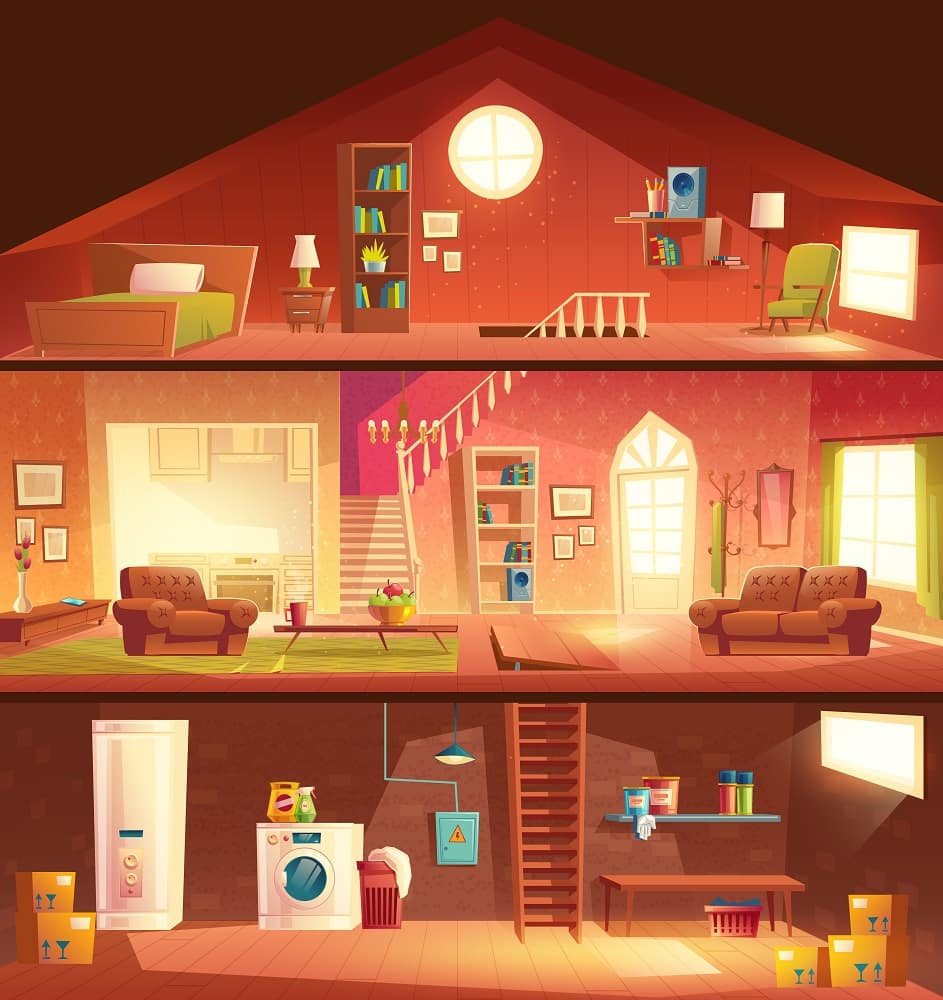
Advantages And Disadvantages Of Basements
Perhaps the most crucial benefit of having a basement in your house is the extra living space it offers. For large families where everyone needs their personal space, this can be a veritable godsend.
What’s more, basements can also act as guest rooms, where you can put up unexpected (or even expected) guests for the night. Plus, furnished as a bar, they can be a great location to hold that weekend get-together.
Another advantage of having a basement is that it can act as a storm shelter during violent weather. In the case of a storm, the entire family can take refuge in the basement, which, if kept stocked with food, can sustain the whole family until the inclement weather passes.
Plus, a basement increases the square footage of a house, which enhances the overall valuation of the property.
Now, to come to the disadvantages. Despite all the great things that basements have to offer, there are quite a few of these. For starters, since a basement is a room that’s wholly or partially underground, water from beneath the ground can seep into the room.
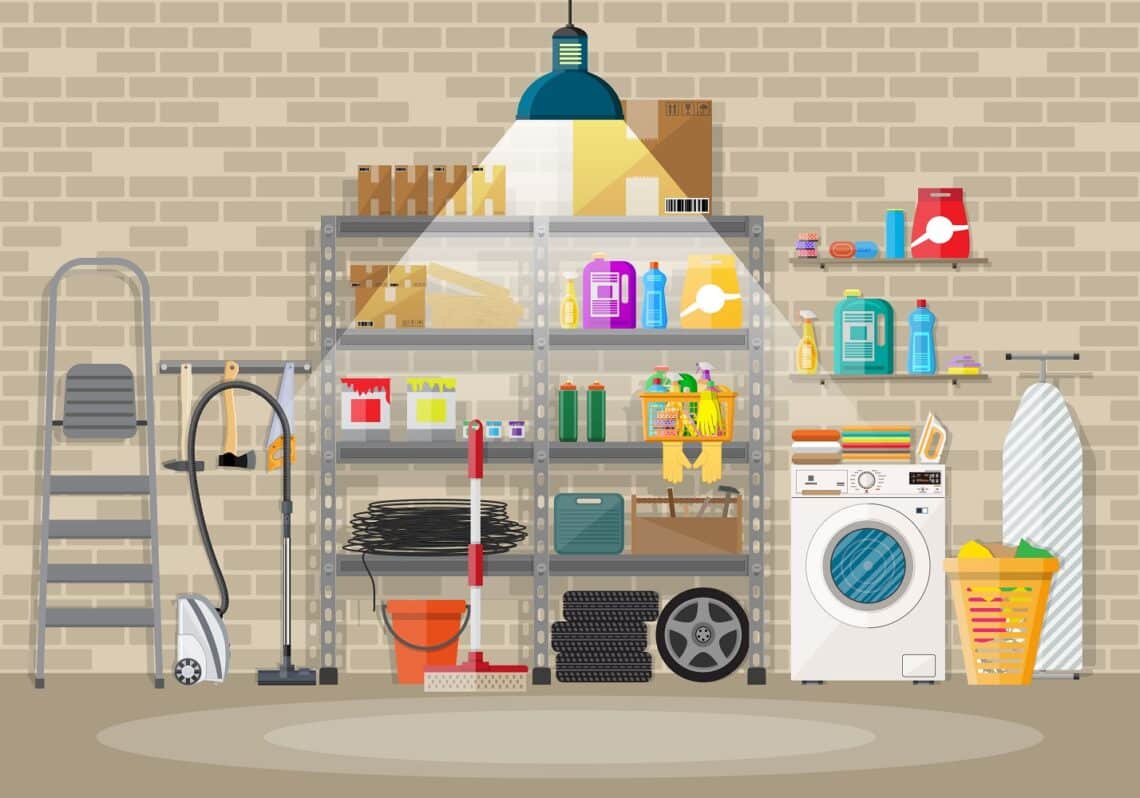
This will inevitably lead to molding of the walls, and the puffing up of plaster. Also, if senior members of the family stay in the basement, they might face problems continually going up and down the stairs.
Also, it must be remembered that all locations around the country aren’t enough for building a basement. Locations near large water bodies, frigid regions, or even earthquake-prone areas will not be able to hold a basement. This is due to a risk of foundational damage to the house.
With that out of the way, now it’s time to know…
Crawl Spaces
Put simply, a crawl space is an empty area below the house that’s anywhere up to three feet above the ground. This area replaces a poured concrete slab, and similar to basements and cellars represents yet another method of constructing the foundation of a house.
Why is a crawl space needed? Well, its primary purpose is to house items such as plumbing, electrical wires, and HVAC ducts. It also acts as an insulating layer for the lowest floor of the house.
The crawl space’s history is a bit sketchy, and there are no fixed records of this being a staple feature of houses everywhere. Just like cellars and basements, the crawl space is one of the primary techniques used for separating the bottom of the house from the ground.
Crawl spaces can most commonly be found in areas where the ground is wet, and the soil doesn’t have the necessary strength for constructing the foundation. In such locations, where basements cannot be built, crawlspaces can provide a viable alternative.
Crawl Space Construction And Features
The crawl space of a house is constructed of a concrete block wall that’s built around the house’s peripheral footprint. This block wall is then bricked up, and the foundation of the house is built over this structure.
Crawl spaces are dark areas that are mostly visited for repair purposes. These places often hold drainage lines or electrical wiring, and due to constricted dimensions, are not conducive to storage like basements and cellars.
Crawl spaces can suffer from problems such as excess moisture and mold. They may also become infested with pests and vermin. This can lead to the seeping of gases into the house, thus negatively affecting the interiors.
To avoid such problems, it’s recommended that you get the crawl space encapsulated. The encapsulation acts as a guard against gases and vapors seeping into the house.
In the encapsulation process, the entire crawl space is covered with a layer of plastic. This, coupled with a proper dehumidification system, can deliver significant benefits in terms of insulation from moisture.
What Makes Crawl Spaces Useful?
Even though a crawl space offers none of the benefits that come with cellars and basements, they are still an attractive option for homeowners. This is primarily due to the low cost associated with the construction of crawl spaces.
Also, protecting crawl spaces from the attack of moisture and creepy critters is easier than protecting an entire basement. Encapsulation repairs don’t cost much and can get the job done rather well.
Another advantage of crawl spaces is that they house all the essential utility lines of the house in one place. This eliminates the need to dig up walls and remove concealed wiring or plumbing, not to mention the lowered cost of repairs.
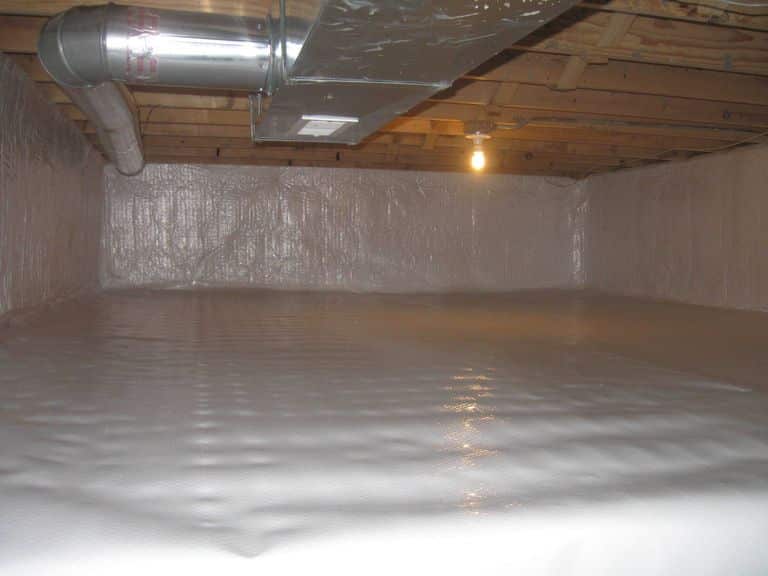
In areas prone to earthquakes or frequent flooding, crawl spaces provide a better foundation than basements. Due to their compact nature, they can hold the entire house together much better than a basement or cellar.
This is why crawl spaces are mostly found in wet and marshy areas. What’s more, due to the encapsulation, crawl spaces can provide excellent insulation for the floor.
However, unless encapsulated properly, crawl spaces can become nests for pests and vermin. Hence, it’s essential that homeowners pay special attention to these critters, and ensure they’re not making a cozy home under the house.
While crawl spaces should not be used as storage, there is an increasing number of people that find solutions to use this space even further, if that’s a thing you are considering please make sure you discuss the project with your architect and structural engineer before you intervene in any shape or form.
Which One Is Best For You?
Now that you know all about cellars, basements, and crawl spaces, the question remains: which one should you go for? The answer, as usual, is dependent on your particular needs and situation.
If you’re living on a farm, and have a lot of fresh produce to handle and store, a cellar might be the best bet. This will help preserve the foodstuff for long periods and ensure that you don’t take up space from your above-ground living quarters.
In case you’re a wine connoisseur, and like to collect vintage labels, a specially built wine cellar is essential. This not only helps keep your collection protected but also adds to the prestige of the house.
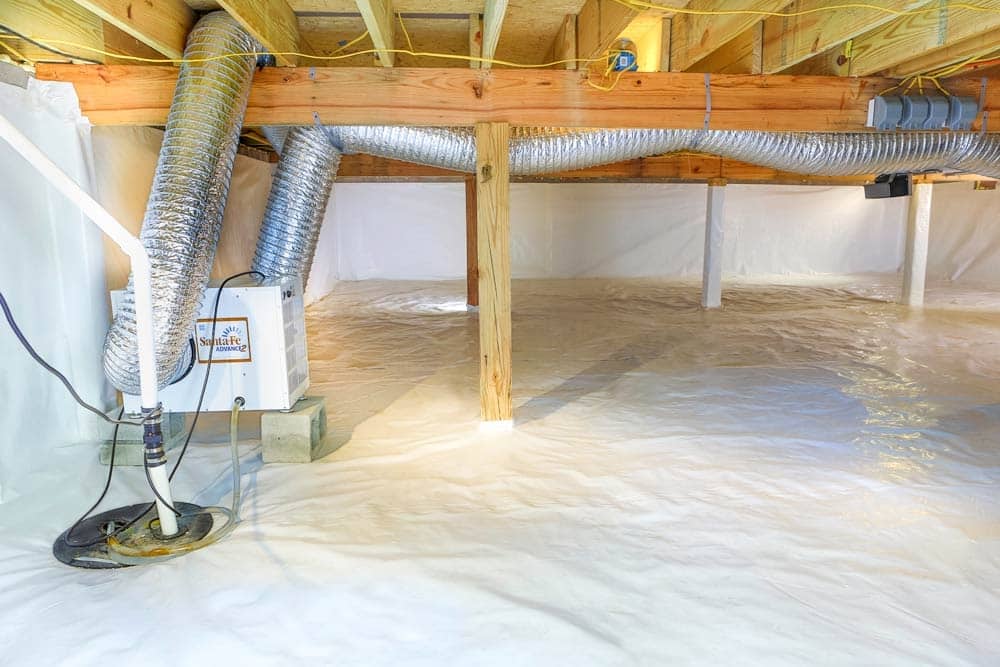
However, if you live in a location that’s far away from marshy areas and earthquake-prone zones, a basement is best for you. Basements provide excellent living and recreational areas and can help create a beautiful ambiance for your house.
And in case you’re located in lowland areas that get flooded or are close to earthquake centers, a crawl space is the best choice. Low on maintenance, affordable, and easy to access, crawl spaces deliver numerous benefits for all.
Final Words
And there you have it! You’re now an expert on all things related to basements, cellars, and crawl spaces. All three are essential areas of the house, and form the foundation on which the house rests. Choose the one that best suits your needs.
Remember that all three need different levels of care and maintenance, which must be provided. Plus, we suggest keeping all these locations amply lit, since they don’t get much access to natural daylight.
Finally, take care to periodically inspect the lower foundation of your house for damages, and call in professional help for repairs. This’ll give your home the long life that you expect from it.
And with that, we’ll take your leave. Till next time!
Related Articles
14 Best Basement Flooring Options Right Now
50 Basement Bar Ideas To Rock Right Now


